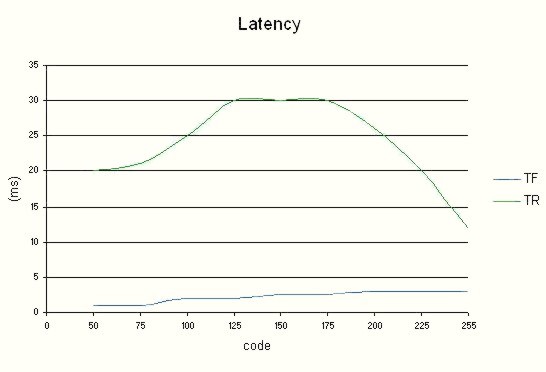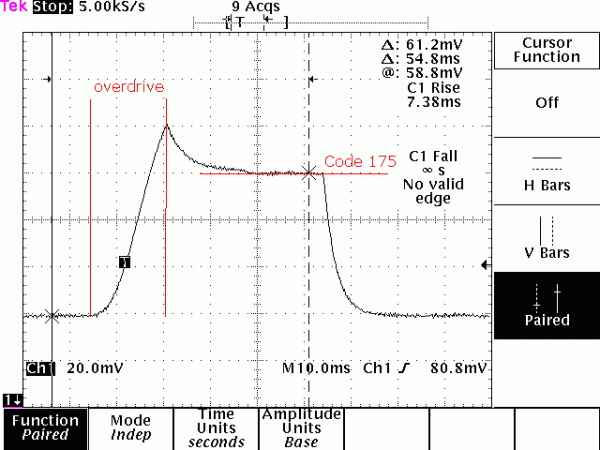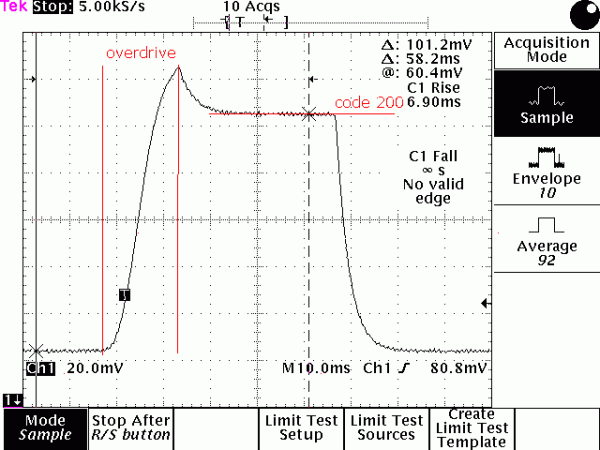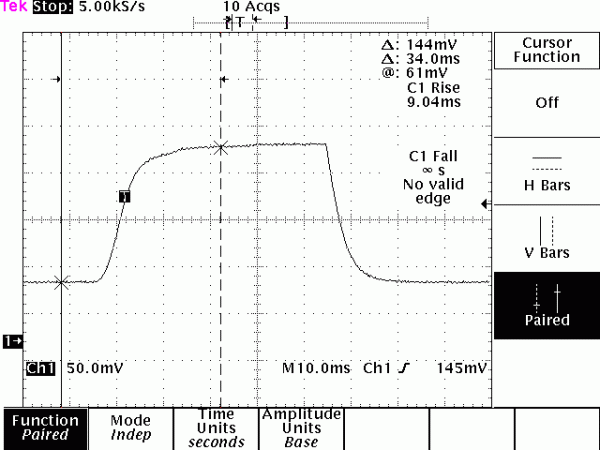ViewSonic Overdrive LCDs: A New Era of Very Fast Panels?
What Makes Overdrive Tick
We took an attentive look at how Overdrive operates and for those of you who are interested, here are a few details.
The Basic Idea
When you look at the latency of LCD panels, you notice that rising time (the time taken to go from black to white) is significantly greater than fall time (the time taken to go from white back to black). You can see that with one of our measurements:
So naturally rising time is what manufacturers are putting their efforts into reducing.
Another thing to keep in mind is that rising time is always better when the transition is abrupt - 0 to 255 (total black to saturated white). You can also see that on the curve.
So the idea is simple. To go, for example, from black (0) to gray (128), we pass through an intermediate stage: saturated white (255).
Rather than doing 0->128, we do 0 -> 255 -> 128.
Get Tom's Hardware's best news and in-depth reviews, straight to your inbox.
On The Oscilloscope
That's what this screen shot on the VP191b shows. Here a transition from black (0) to light gray (175) shows a prior temporary jump to saturated white (255):
Similar behavior can be seen here with a transition from black (0) to very light gray (200):
In fact what Overdrive does is to cause a controlled "overshoot" of the pixel and it's a method that works very well in reducing latency.
On the other hand, a transition from black (0) to saturated white (255) doesn't benefit from this method, since the transitional state is also the final state.
In fact the method has also been used in LCD TVs for some time - I've found similar readouts on TV sets. It's a good thing that the technology is now available with PC monitors.
Current page: What Makes Overdrive Tick
Prev Page So What About Gray-to-Gray Latency? Next Page Disadvantages Of Overdrive


